Your Paper Towels Are Secretly Ruining Your Stuff. Here’s What to Use Instead.
After more than two decades of cleaning up messes for a living, from high-end homes to commercial spaces, I can tell you one thing for sure: the most common cleaning mistake I see involves something sitting on every kitchen counter. The humble paper towel.
In this article
- First, a Quick Win: Your Phone Screen
- Why Paper Towels Are the Problem
- 1. Screens and Lenses: The Micro-Scratch Nightmare
- 2. Windows and Mirrors: The War on Lint
- 3. Carpet Spills: How to Avoid Making It Worse
- 4. Wood Furniture: The Slow, Invisible Damage
- 5. Cutting Boards: A Food Safety Failure
- Your New Cleaning Go-Bag: A Shopping List
- The Bottom Line: The New Rules
- Inspirational Gallery with Photos
Its convenience is undeniable. Spill something? Grab a sheet. Smudge on the counter? Rip one off. But here’s the tough-love truth: that convenience is often a trade-off for doing a good job and, in many cases, you’re actually causing slow, expensive damage to the very things you’re trying to clean.
Early in my career, one of the old-timers shared a piece of wisdom that completely changed my perspective: “The job isn’t about cleaning hard, it’s about cleaning smart.” And that starts with knowing your tools. A paper towel is a tool, but it’s a very specialized one. Using it for the wrong job is like trying to use a hammer to turn a screw.
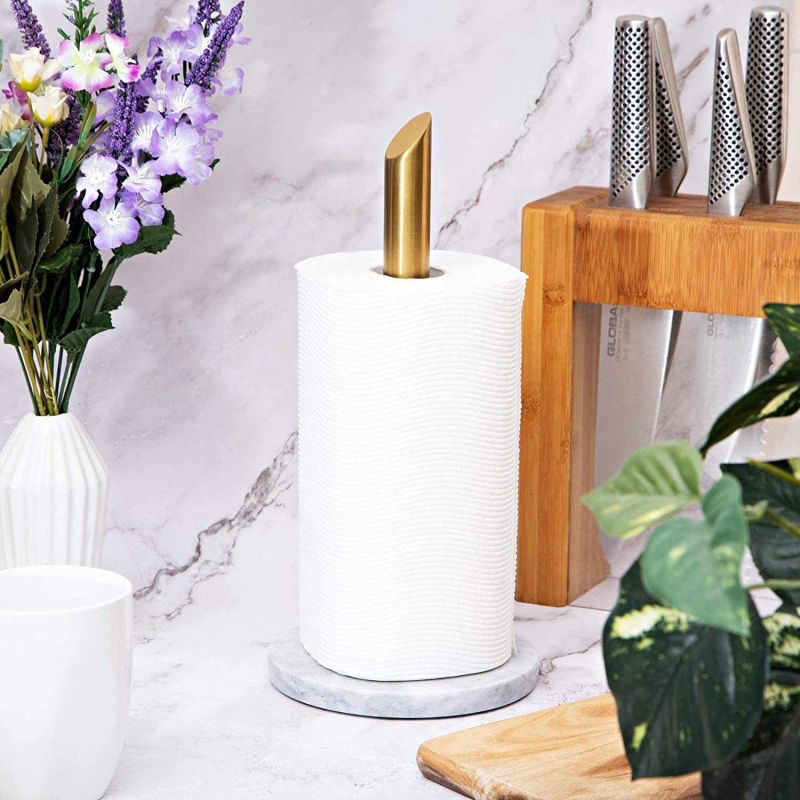
So let’s dive into why paper towels often fail and what the pros use instead. Forget the quick, unsatisfying fixes. It’s time to learn how to clean correctly and protect your home.
First, a Quick Win: Your Phone Screen
Don’t have time to read the whole article? Do this one thing today: grab a microfiber cloth (like the one that came with your sunglasses). Lightly dampen a tiny corner with a bit of water—I mean barely damp. Wipe your phone screen, then immediately buff it dry with a dry part of the cloth. See that? No streaks, no lint. You’re already cleaning smarter.
Why Paper Towels Are the Problem
Before we get into what not to clean, let’s talk about what a paper towel actually is. It’s basically just pressed wood pulp, engineered for one thing: absorbency. That bumpy, porous texture is great for soaking up liquid, but it also creates two major weaknesses.
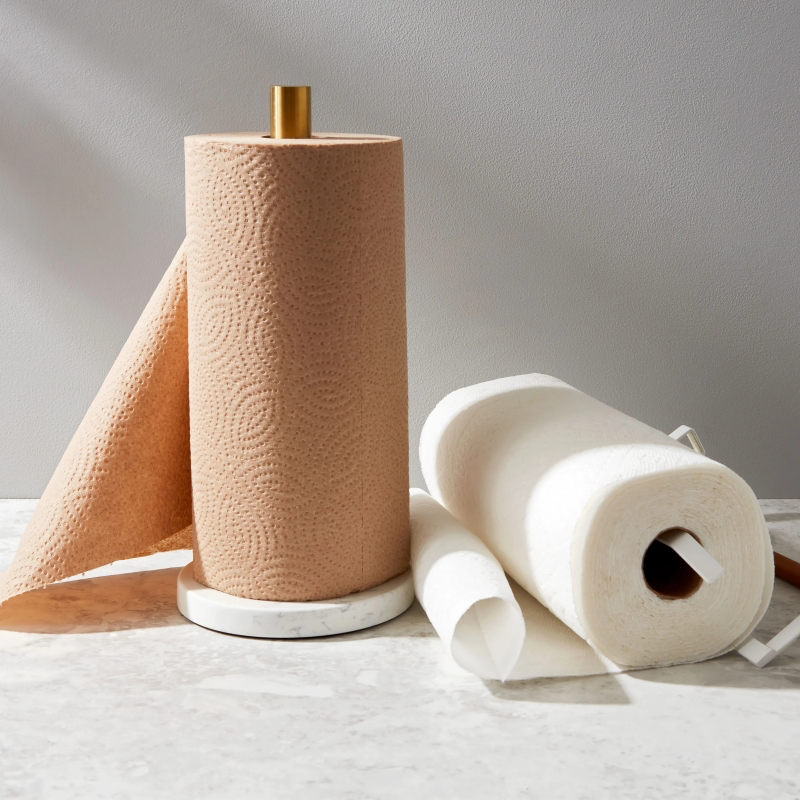
- They Fall Apart When Wet. Paper towels have almost zero wet strength. The second they get wet and you start scrubbing, they shred. They leave behind a gross, mushy pulp residue that makes your cleaning job even harder.
- They’re Surprisingly Abrasive. They might feel soft to your hand, but on a microscopic level, those wood fibers are coarse. Dragging them across a delicate surface is like using ultra-fine sandpaper. They also shed tiny fibers we all know and hate as “lint.”
Honestly, understanding these two flaws is the foundation of professional cleaning. We don’t just grab what’s closest; we match the tool to the surface.
1. Screens and Lenses: The Micro-Scratch Nightmare
This is probably the most common—and most costly—mistake. Using a paper towel to wipe your eyeglasses, smartphone, laptop screen, or TV is a recipe for gradual destruction.
Most modern screens have special coatings. Your glasses have anti-reflective layers, and your phone has an oil-repellent coating to fight fingerprints. These coatings are incredibly thin. The wood fibers in a paper towel are just abrasive enough to slowly wear them away. At first, you won’t see it. But over time, you’ll notice a permanent haze or swirl marks that just won’t clean off. You’ve essentially buffed the protective layer right off your expensive tech.
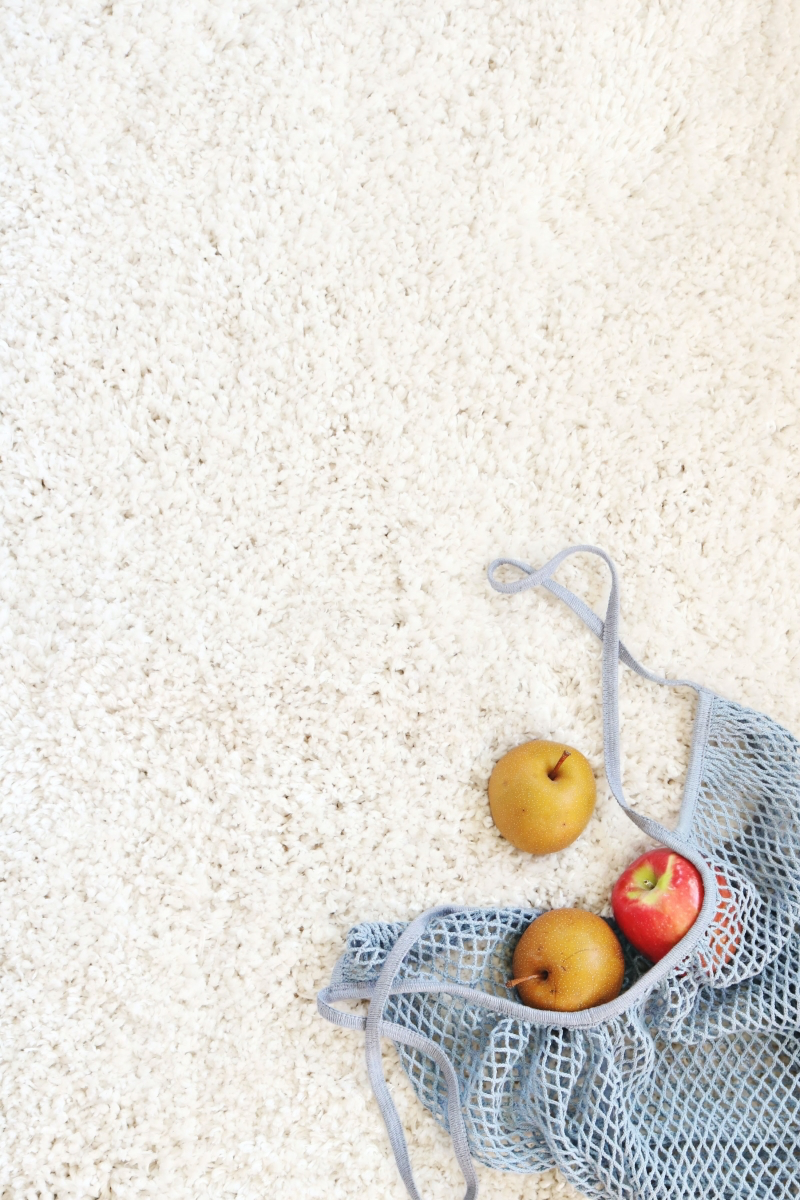
The Right Way to Clean a Screen:
The only tool for this job is a high-quality microfiber cloth. And when I say high-quality, I mean one with a GSM (grams per square meter) rating over 200. These have split fibers that act like millions of tiny hooks to grab dust and oil without scratching.
- First, a dry wipe. Always start by gently wiping with a clean, dry microfiber cloth to lift off loose dust. If you don’t, you’re just turning that dust into an abrasive paste when you add liquid.
- Next, use the right cleaner. NEVER spray liquid directly onto a screen. It can easily seep inside and fry the electronics. Instead, lightly dampen a different corner of your cloth with a dedicated screen cleaning solution (you can get a good bottle for under $15 that will last forever) or just plain distilled water. Tap water has minerals that leave spots. Avoid anything with alcohol or ammonia—they’re way too aggressive for screen coatings.
- Finally, wipe and polish. Wipe the screen with the damp part of the cloth, then immediately follow up with a dry section to polish away any moisture. Perfect, streak-free finish.
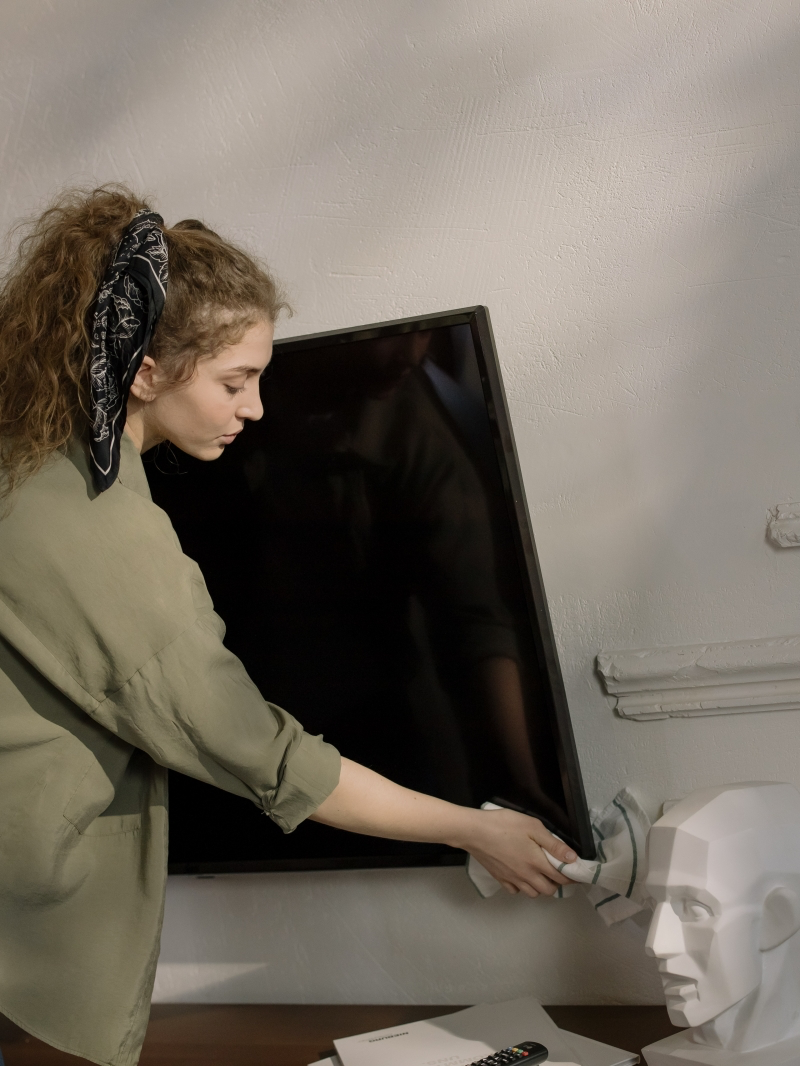
2. Windows and Mirrors: The War on Lint
Everyone wants that invisible, streak-free shine on glass. Using a paper towel is the fastest way to lose that battle.
The issue here is that lack of wet strength we talked about. The moment a paper towel gets hit with window cleaner, it starts to disintegrate, leaving a film of tiny white fibers all over the glass. You might wipe away the dirt, but you’ve just replaced it with a layer of lint. It’s incredibly frustrating.
The Pro Method: A Squeegee
In commercial settings, we never touch glass with paper towels. We use a squeegee because it’s fast and flawless. You can get a great one for home use for about $12-$20. Look for one from a reputable brand that has a replaceable rubber blade.
The cleaning solution is laughably simple: a gallon of water and a tiny squirt of basic dish soap. And I mean tiny—no more than a quarter teaspoon. Any more and you’ll be fighting soap streaks. Just scrub the window with a sponge or mop, then pull the squeegee down in overlapping strokes, wiping the blade with a cloth after each pull.
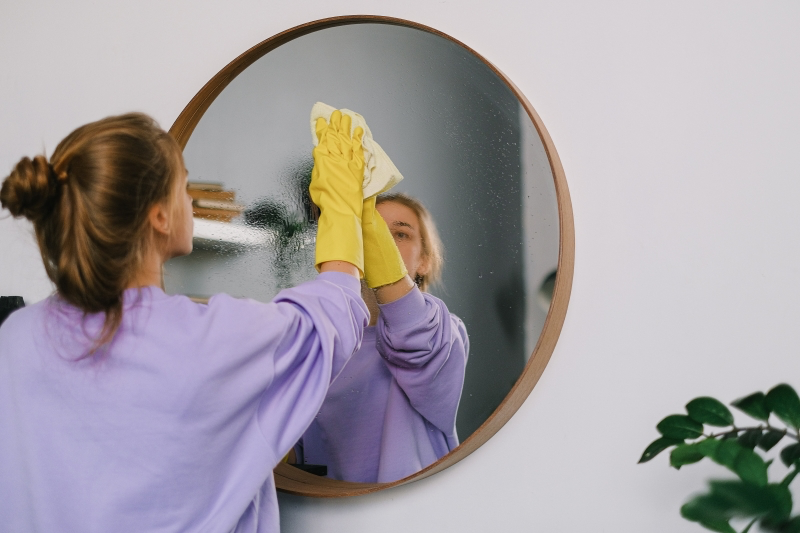
The Easiest Home Alternative:
If a squeegee feels like overkill, just use two microfiber cloths. One cloth, dampened with cleaner, does the washing. A second, dry “polishing” cloth (waffle-weave microfiber cloths are AMAZING for this) dries it to a perfect, lint-free shine.
3. Carpet Spills: How to Avoid Making It Worse
A glass of red wine hits your light-colored carpet. Panic! The first instinct is to grab a wad of paper towels and scrub like mad. Please, don’t do this. It’s the single worst thing you can do.
When you scrub with a wet paper towel, it shreds and embeds paper pulp deep into the carpet fibers. Now you have a wine-and-paper-pulp slurry that’s almost impossible to get out. You’ve also frayed the carpet fibers, permanently changing their texture.
I once saw a homeowner try to clean a wine spill with a bleach-based wipe. They turned a simple spot-clean job into a permanent, bleached-out circle that required a $500 carpet patch. A costly mistake.
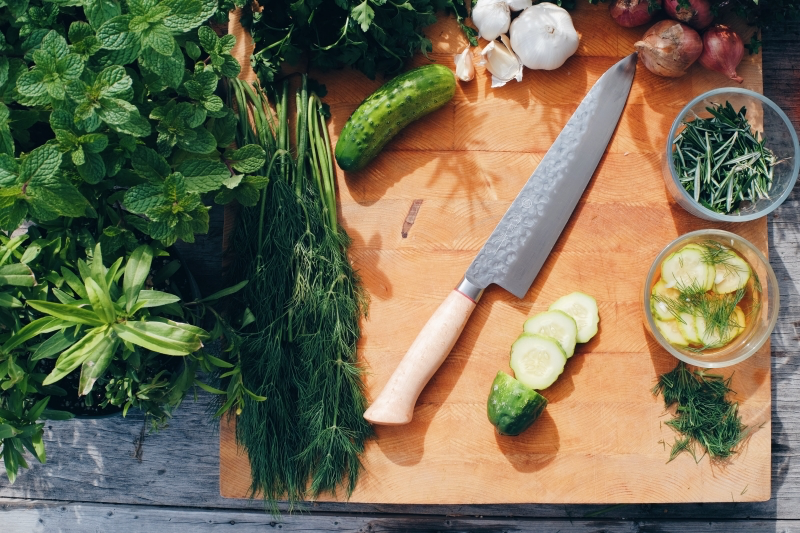
The 60-Second Emergency Response:
The golden rule, as taught by every certified restoration expert, is Blot, Never Rub.
- Scoop any solids. If it was a food spill, gently lift off the chunky bits with a spoon.
- Blot with a white towel. Grab a clean, dry, WHITE cotton towel. White is key so no dye transfers to your carpet. Fold it, place it over the spill, and press down firmly. Stand on it if you have to. You’ll see the stain transferring from the carpet to your towel. Refold to a clean, dry section and repeat until you’re not pulling much more liquid out.
- Dampen and blot again. Lightly dampen a clean section of the towel with cool water, and blot the stain from the outside edges inward. This prevents the stain from spreading. Follow immediately by blotting with a dry part of the towel to absorb the moisture.
For anything beyond a minor spill, this first-aid is your best bet. Then, call a pro. Using the wrong store-bought chemical can set a stain forever.
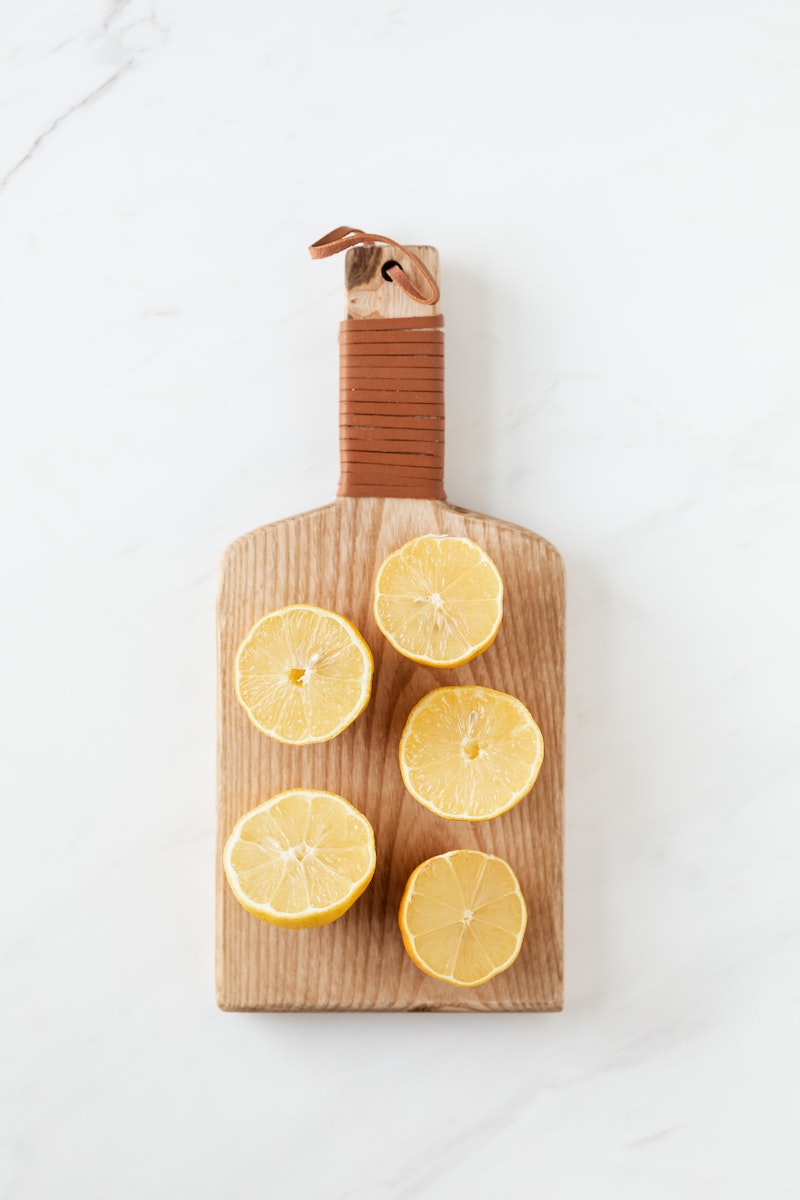
4. Wood Furniture: The Slow, Invisible Damage
This one is subtle. Dusting your beautiful wood dining table or floors with a paper towel seems harmless, but it’s causing long-term damage.
Think about it: you’re dragging dry, slightly abrasive paper fibers (and all the dust they’ve collected) across a delicate finish. Over time, this creates a web of micro-scratches, or “swirl marks,” that dull the shine. For oiled wood, the paper towel just leaves behind a fuzzy layer of lint.
For dusting, use a tool that traps dust, like microfiber. For cleaning sticky spots, use a soft, damp cotton cloth and always wipe the surface completely dry afterward.
5. Cutting Boards: A Food Safety Failure
Wiping down a cutting board with a paper towel after cutting raw chicken is a huge cross-contamination risk. It gives you a false sense of security while smearing bacteria like Salmonella all over the place.
Cleaning and sanitizing are two different things. Wiping with a paper towel accomplishes neither.
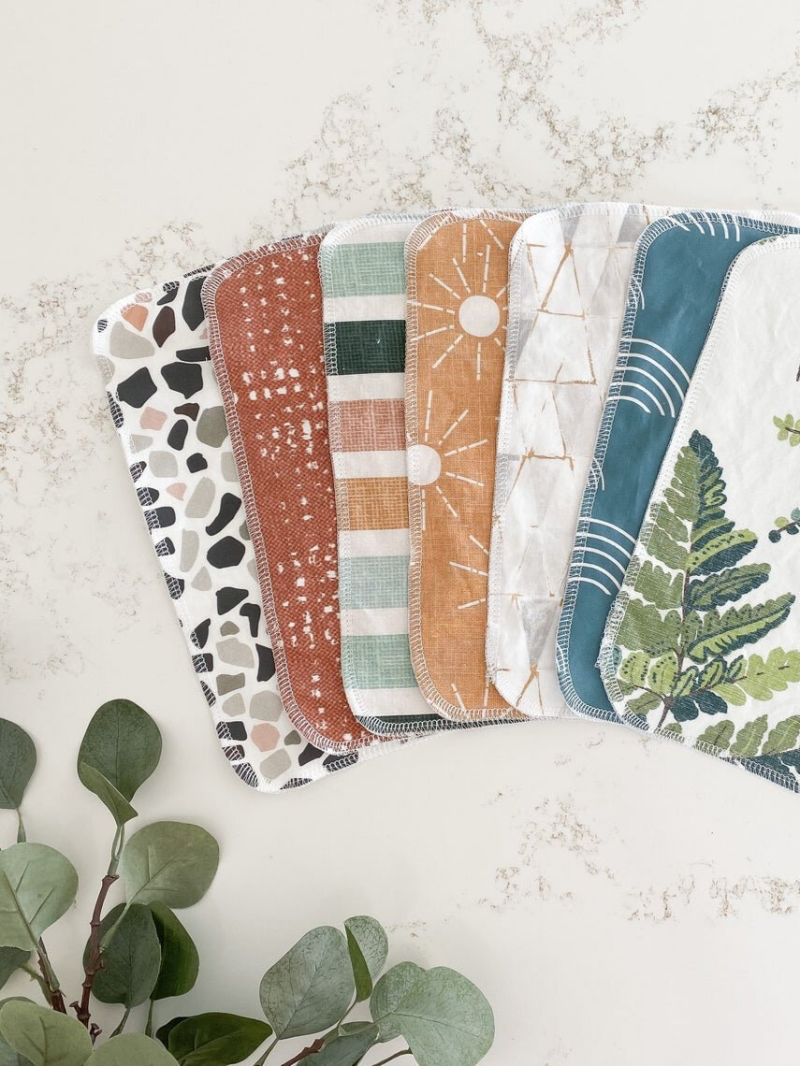
The Unskippable Protocol for Raw Meat:
- Clean First: Wash the board with hot, soapy water and a stiff brush to get into all the knife grooves. Rinse with hot water. This removes the grease and food bits.
- Then Sanitize: Now that it’s physically clean, you need to kill the germs. Mix one tablespoon of unscented bleach in a gallon of water. Let the board soak or sit with the solution on it for at least 5 minutes. Then rinse thoroughly with cool water and let it air dry.
Pro-tip: Get a couple of cheap, color-coded plastic cutting boards—one for raw meat (red) and one for veggies (green). It’s a simple system that makes cross-contamination almost impossible.
Oh, and what about those trendy reusable bamboo “paper” towels? They’re stronger, for sure, which is great. But for raw meat surfaces, the risk is the same. They can still harbor and spread bacteria unless they are properly washed and sanitized in hot water after use.
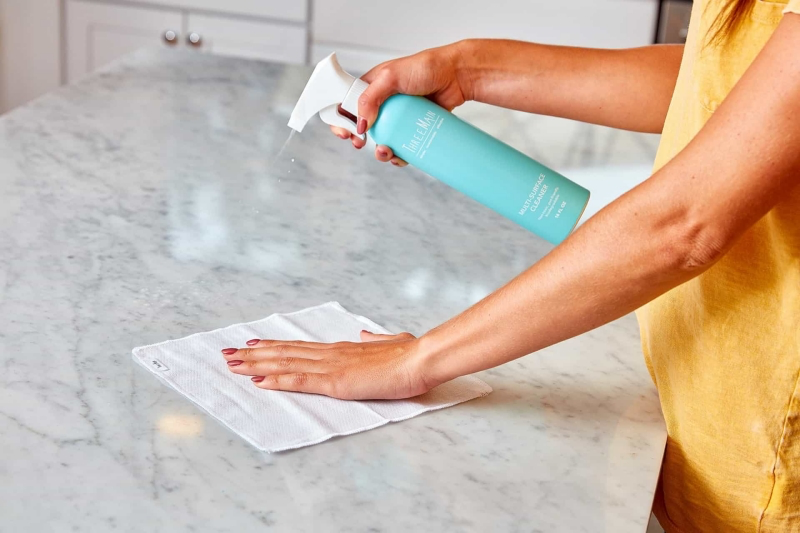
Your New Cleaning Go-Bag: A Shopping List
The solution isn’t to outlaw paper towels completely—they’re still great for soaking up a big puddle on a tile floor. The goal is to build a small, affordable toolkit that will give you better results and protect your stuff. This is a one-time investment that pays off big.
- Microfiber Cloths (12-pack): This is your workhorse. Expect to pay $15-$25 for a good pack online or at a big-box store. Look for a GSM rating of 200 or higher.
- Waffle-Weave Glass Cloths (2-pack): A game-changer for windows and mirrors. Usually about $10.
- White Cotton Terry Towels (6-pack): Perfect for blotting carpet stains. You can buy a pack of “shop towels” at any hardware store for around $15, or just use old bath towels.
- A Good Squeegee (12-inch): Look for one with a replaceable rubber blade. It’ll cost you about $15 at Home Depot or Lowe’s.
- Huck Towels (10-pack): This is a pro secret. They’re lint-free cotton towels that are incredible for drying glass. Search for “surgical towels” online; a pack is about $15.
A final word: To keep your microfiber working like new, wash it only with other microfiber. And NEVER use fabric softener—it clogs the fibers and ruins them. Just tumble dry on low heat.
The Bottom Line: The New Rules
Thinking like a pro just means choosing the right tool for the job. To make it simple, here are the new rules:
- Rule
1:
Paper towels are for one-time, disposable soaking of big, wet messes on durable surfaces (like the floor). That’s pretty much it. - Rule
2:
If the surface is delicate, shiny, or expensive (screens, glass, finished wood), use microfiber. No exceptions. - Rule #3: If it involves food safety, you must clean first, then sanitize. A paper towel does neither.
Make these small changes, and I promise, your home will not only look cleaner, but your belongings will last a whole lot longer. You’ll be cleaning smarter, not harder.
Inspirational Gallery with Photos
The Pro-Cleaner’s Color Code: Ever wonder why professional cleaners carry cloths in different colors? It’s a simple, brilliant system to prevent cross-contamination. A common setup is blue for glass and windows, green for general surfaces like countertops, yellow for bathrooms (sinks and showers), and red reserved exclusively for toilets. Adopting this system at home is an easy way to elevate your cleaning game and ensure kitchen germs don’t end up on your bathroom mirror.
An estimated 51,000 trees are cut down daily to support North America’s paper towel habit.
Switching to reusable cloths isn’t just about protecting your surfaces; it’s a significant environmental choice. A quality set of 10-12 microfiber cloths can replace years of paper towel rolls, drastically reducing both landfill waste and the demand on forests. Plus, think of the long-term savings on your grocery bill.
Feel like your microfiber cloths just push dirt around?
The culprit is likely fabric softener or dryer sheets. These products clog the microscopic fibers that are essential for grabbing dust and absorbing liquid. The waxy residue ruins their effectiveness. To restore them, machine wash with a gentle, dye-free detergent on a warm or hot cycle, and never use fabric softener. Air dry or tumble dry on low with wool dryer balls instead.
- Perfectly polished stainless steel appliances.
- Mirrors and windows that are completely streak-free.
- Dust-free electronics and TV screens.
The secret is the two-cloth method. Use one high-quality microfiber cloth (like a glass-specific one from E-Cloth) slightly dampened with only water to wipe the surface clean. Immediately follow up with a second, completely dry microfiber cloth to buff the surface. This simple technique lifts dirt and eliminates moisture before streaks can form.
Beyond microfiber, consider the humble flour sack towel. Made from thin, lint-free cotton, they are incredibly absorbent and perfect for drying glassware without leaving a single speck of fuzz. They aren’t as effective for ‘scrubbing’ as microfiber, but for polishing and drying, they are an outstanding, budget-friendly alternative to paper towels.
Each fiber in a high-quality microfiber cloth is at least 100 times finer than a human hair, creating a vast surface area to trap dust and grime.
Waffle Weave vs. Terry Weave: Not all microfiber is created equal. A waffle weave cloth, with its distinctive grid-like pattern, is exceptional for drying dishes and polishing glass due to its high absorbency and low-lint properties. A plusher, terry-style weave is the all-purpose workhorse, ideal for general cleaning, dusting, and tackling tougher messes on countertops and floors.
For cleaning delicate, high-gloss surfaces like black appliances, piano finishes, or acrylic furniture, a standard cloth can still leave micro-scratches. The solution is an ultra-plush, edgeless microfiber towel, often marketed for automotive detailing. Brands like The Rag Company offer high-GSM (grams per square meter) towels that are exceptionally soft, ensuring a perfect finish without any risk of marring the surface.
- Wood Furniture & Floors
- Leather Upholstery
- Eyeglasses & Camera Lenses
- Electronic Screens
- Anything with a high-gloss finish
These surfaces are particularly vulnerable to the abrasive fibers and lint left behind by paper towels. The cumulative damage might not be visible after one wipe, but over time it dulls the finish and can cause permanent, fine scratches.
Quick tip for stubborn grease: On surfaces like range hoods or backsplashes, a paper towel just smears the grease. Instead, use a durable microfiber cloth with a drop of dish soap and hot water. The microfiber’s structure helps lift and trap the oil, while the soap breaks it down. A single cloth can do the work of half a roll of paper towels with far better results.










